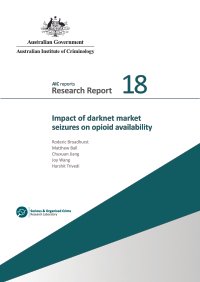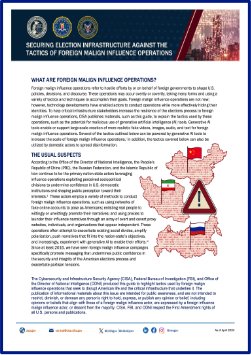United States. Drug Enforcement Administration
From the document: "The 2024 NDTA [National Drug Threat Assessment] highlights the dangerous shift from plant-based drugs to synthetic drugs. This shift has resulted in the most dangerous and deadly drug crisis the United States has ever faced. These synthetic drugs, such as fentanyl and methamphetamine, are responsible for nearly all of the fatal drug poisonings in our nation. The Sinaloa and Jalisco Cartels are at the heart of this crisis. These two Cartels are global criminal enterprises that have developed global supply chain networks. They rely on chemical companies and pill press companies in China to supply the precursor chemicals and pill presses needed to manufacture the drugs. They operate clandestine labs in Mexico where they manufacture these drugs, and then utilize their vast distribution networks to transport the drugs into the United States. They rely on associates in the United States to distribute the drugs at a retail level on the streets and on social media. Finally, the Cartels utilize Chinese Money Laundering Organizations to move their profits from the United States back to Mexico. Drug trafficking organizations based in Mexico and South America are increasingly utilizing China based underground banking systems as their primary money laundering mechanism. In response to these threats, the DEA [Drug Enforcement Administration] has acted urgently to target the criminal networks responsible for the influx of synthetic drugs into the United States."
United States. Drug Enforcement Administration. 2024. 57p





















